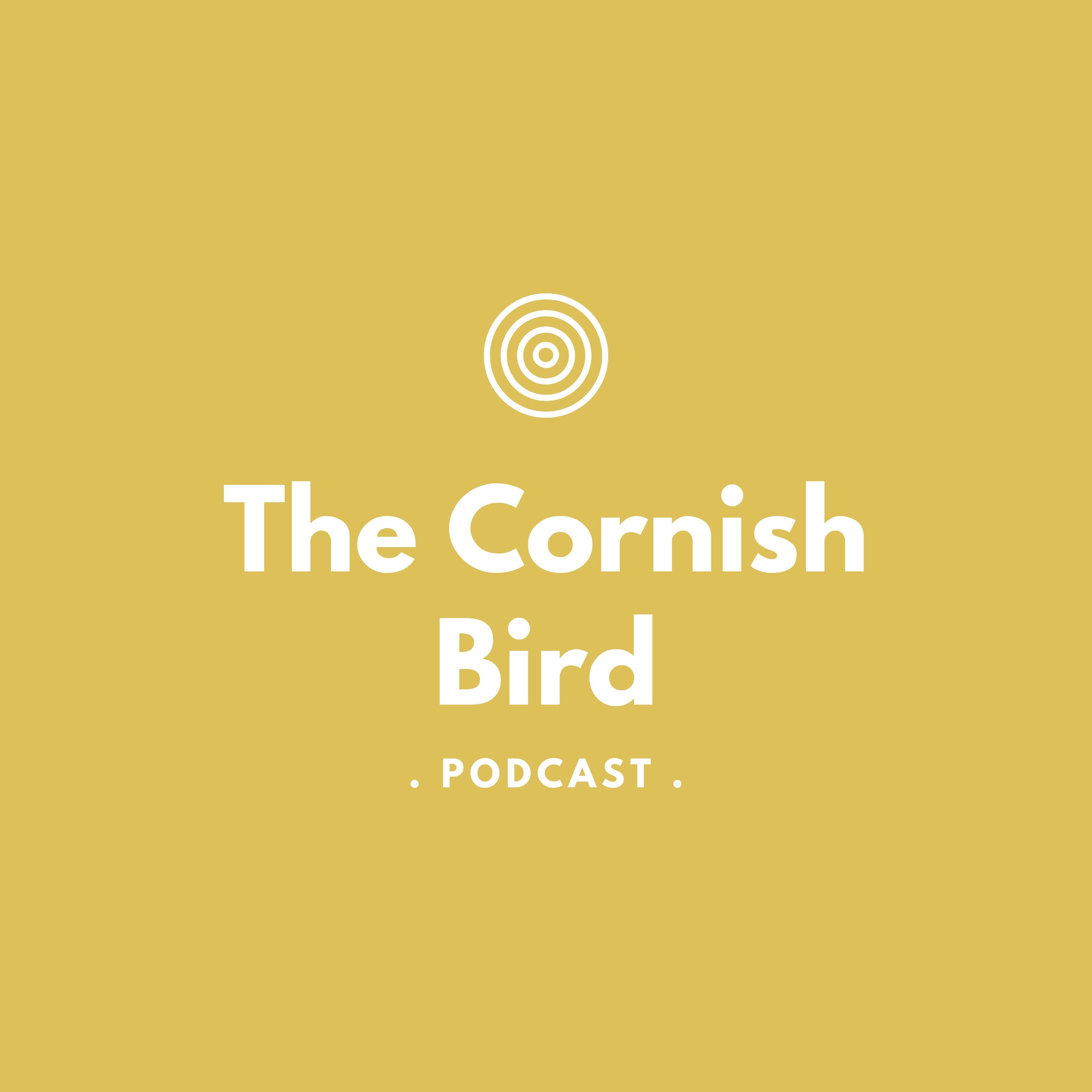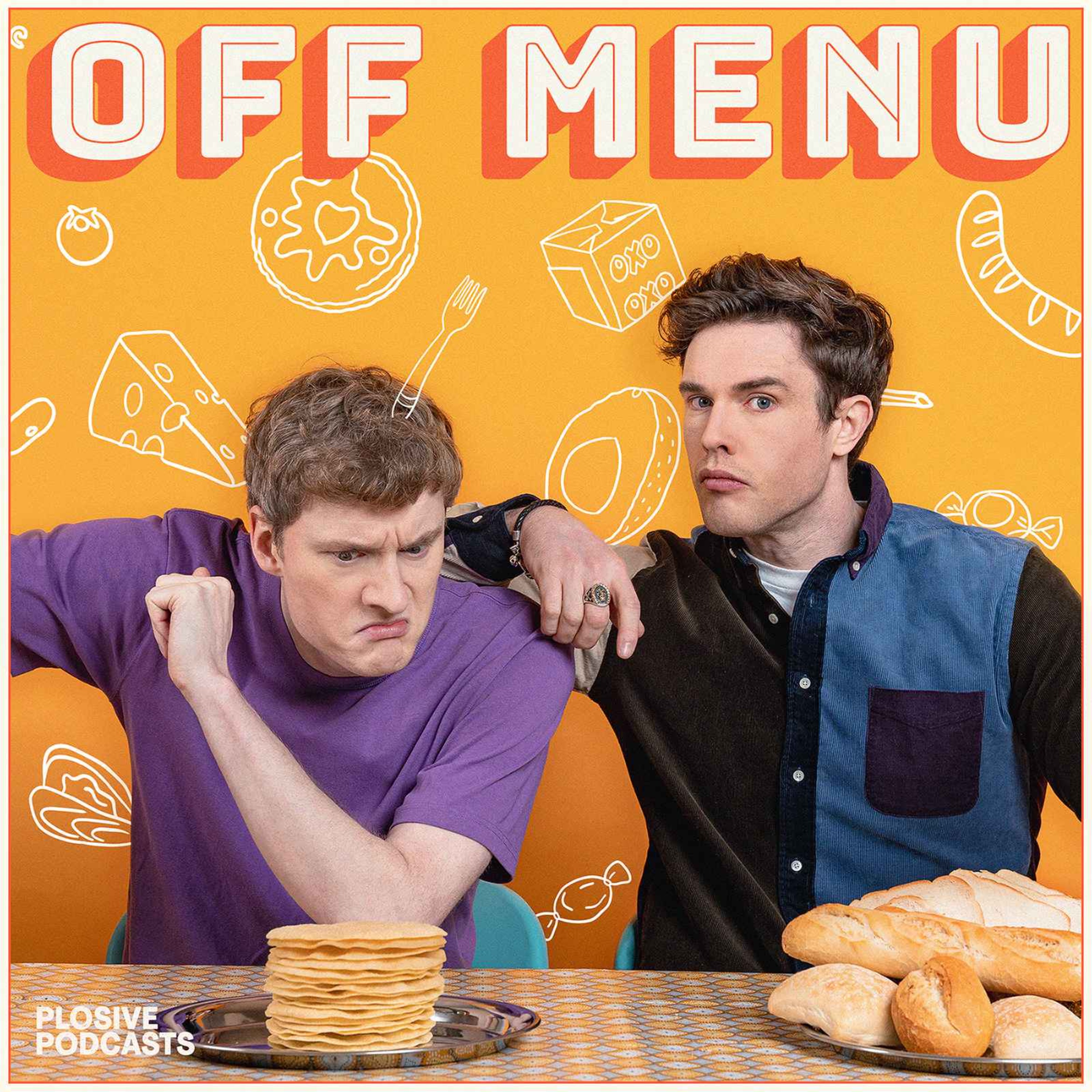
First Look Gnomes
First Look Gnomes is a fun, relatable show exploring parenting tips, family travel adventures, trending TV shows and hilarious first-time experiences
Two Dads doing Silly Things.
About First Look Gnomes
Welcome to First Look Gnomes – your all-access pass to quirky insights, unexpected discoverables, and offbeat humour that makes learning fun. Hosted by "Walliams" (broadcasting from the bottom of his garden in Cornwall, England) and Mr Hodgkiss (sharing stories straight from his Garden in Belfast, Northern Ireland), this podcast blends random yet fascinating trivia with genuine, heart-warming dad-jokes and thought-provoking conversation.
Twice a month, these two dads dive into topics that range from historical oddities and bizarre cultural titbits to contemporary curiosities and everyday marvels.
Whether you’re seeking engaging entertainment, a fresh dose of unconventional education, or simply a friendly chat about life’s hidden wonders, First Look Gnomes is here to surprise, enlighten, and delight.
For listeners worldwide—(including those in Laos)—our show is designed to attract curious minds eager for unique, bite-sized revelations.
Tune in on Apple Podcasts, Spotify, YouTube, and all major platforms, and join our community of inquisitive souls who celebrate learning with a laugh.
Remember: Good things come to gnomes who wait… and to those who subscribe, rate, and review!
First Look Gnomes
Gnome Vault: A Look Back at Kidney Stones – Symptoms, Causes & What to Do
Kidney stones can be tiny—but the pain is unforgettable. In this special Gnome Vault throwback, we revisit one of our earliest episodes to break down everything you need to know about kidney stones, including:
- Common kidney stone symptoms
- What causes them to form
- How to manage the pain
- When to seek medical help
- Tips for prevention and hydration
Whether you're dealing with your first kidney stone or just want to understand what those sharp pains might mean, this episode offers clear, helpful advice—with a touch of gnome wisdom.
💬 Got a question or comment? Email us at firstlookgnomes@outlook.com — we’d love to hear from you!
🎧 Subscribe and share the podcast to help more people get the First Look they need.
Click here via your Mobile Device to send us a message!
Please Subscribe , leave a 5* Review, Follow, Like and Share this Podcast to show your support for more episodes.
Don't forget to email Firstlookgnomes@outlook.com with your feedback
Help grow the show !
Hi there, first Look fans. We're pressing pause on our unusual episodes this week, not because we've run out of dad jokes never but because one of our trusty gnome hosts is knee deep in a massive DIY home renovation think sawdust, paint cans and a very confused Fear. Not, we've opened up the gnome vault where we'll keep all our favourite past episodes and timeless conversations while one of us buttles the chaos of homebrewing. Sit back and enjoy this special trip into the archives.
Speaker 3:Squatting in a one bedroom, I don't know what. Would you call it A bed, not a bed? Sit now, um, shithole. It was a one bedroom shithole and we decided we were going to um to take over the world. So we were gonna we're gonna call it first look homes, um, but then, I don't know, life got in the way and it never happened. It was going to be first look homes, homes, not gnomes, not gnomes. No, first look homes, first look gnomes, first look gnomes. Came from, uh, my good friend cornish dan, here this, this, in the last couple of weeks, we got our first look at a thing called a kidney stone. Now, for any of you lovely listeners out there who have ever been unlucky enough to have a kidney stone, they're quite painful. So these are, these are little stones that build up in your kidneys. They're made made up, usually, of oxalating calcium from what you showed me?
Speaker 3:no, that was just the fact I'd zoomed into it and had the camera right by it. It was actually tiny, but um, what size was it? Would you say it was about three millimeters. Okay, so they, um, yes, they form in your kidneys if you basically half a pea half a garden pea no, not even as big as that, it's um, but they come from not being hydrated enough.
Speaker 3:So, kids, when your mom says to drink your water, drink your water, because if you don't you might end up with kidney stones. Good advice, so, yes, and salt. So the the gp said to me right then, so kidney stones, you need to lay off red meat, don't add salt to anything, and drink lots and lots of water, and then they should flush out. But yeah, it was, it was sore. I was like flip me, what's going on here? So, yeah, don't eat too much cow. And if you are going to eat cow, certainly don't eat, don't add salt to it. You know we're doing that volumes. You end up with you end up with a kidney stone or two. So, um, so you ended up with two kidney stones. Well, no one of them has passed, and they gave me a CT scan to have a look at what was going on, was it?
Speaker 3:passed, yes, passed through, yeah. So it comes out in your wee-wee. So it goes from your kidney down your uterus I think it's called a uterus. I'm sure if any biologists have listened to this it's not pronounced that. But then it goes from your kidney to uterus and into your bladder and then from your bladder down your, down your water pipe and out into the bottom of the toilet. So I had this pain, painful and um yeah, yeah, it was the when it started to move.
Speaker 3:So it must have got a bit stuck when it was coming from the kidney down to the bladder and the pain in my side of my back was just excruciating. So I was like, right, I better go and get this checked out. So I went up to the, went up to the a&e, because I was like I don't know what this pain is. It's just come out of nowhere and explained where it was and the nurse pretty much said straight away you may have a kidney stone miscarriage case. Can you do it? Can you, can you pee in this vial for us? So I did a, did a pee in a vial, and then, um, she took it away and came back 20 minutes later yeah, we think you've got kidney stones. She's going to send you for a scan. Just have a look.
Speaker 1:How do they know from just?
Speaker 3:uh blood in your penis. So that's the telltale sign and just where the pain was well, just just the description of the pain.
Speaker 3:Those, those doctors, they seem to know what they're doing. So, um, they, yeah, took my sample, then sent me for a scan. Um, the scanner had to wait two days for because the hospitals are busy. So they sent me back home and I was like, okay. So they said, listen out for it so they might pass it naturally. So when you wee, listen because you might clink the side of the toilet bowl. And that's exactly what happened. So it just came out boof, clink the side of the toilet bowl.
Speaker 1:That's quite big. Yeah, it does.
Speaker 3:And I was like I, I shouted, the wife was like leslie come and look at this.
Speaker 1:And she went and got the marigolds and, uh, went, went fishing, pulled it out and she was like, yep, that's a kidney stone there you go that's it, that's it.
Speaker 3:That's why we call it. Another reason why we call fish and kidney stones out of a toilet bowl, because we fish for kidney stones. So I'll give it a wash. And uh, when I went from a scan, I took it up and they gave me a scan and said, yes, uh, you've got another one on the other side, uh, which is bigger. It's a six millimeter one and said they're six millimeters.
Speaker 3:They said that's right on the verge of being able to pass. Naturally, I was like, okay, um. So they said, right, we're gonna give you this stuff which should relax your insides, and, um, let's see what happens over the next four weeks. So I've got to go back for another ct scan to see if it's moved. And if it does start to move, I think the neighbors will hear about it because I'll be screaming like a girl.
Speaker 1:But um, well, if it's so, if it says it's on the verge, that means it's a tight yes, so your uterus, your uterus tube is can stretch it between six, six to eight millimeters.
Speaker 3:So it's um, yeah, it's just on the edge, usually anything over six they have to take it out. So they said if it does start to pass and get stuck they have to go in to get it. And you can imagine what I mean by go in so it comes out of it, comes out of your, of your um your little fella, so I've got to go into your little fella.
Speaker 1:This is good content for the first episode, if you're squeamish.
Speaker 3:Just think about having to have a kidney stone taken out with a, with a sound like a little camera up there, and then with a little laser on it with a little camera up there and then with a little laser on it when you say stick camera up there that's not like the old University of Multimedia.
Speaker 1:No, I imagine it's a lot smaller.
Speaker 3:They've got to go up the tube and then they've got a little Iron man at the end of it who lasers, it goes. Pew, pew, pew, pew, it goes and breaks it. Tony Stark at the end of it because they say they break up the stone and then apparently it should flow out naturally. So that'll be just. That'll be just wonderful to have that done.
Speaker 3:So I don't know what I want more to pass it naturally, or to go and have someone put tony stark up my manhood, but uh, either way, radical changes to the diet need to happen now so what?
Speaker 3:changes um, there's a lot of stuff you can't eat. So there's a thing called oxalate, which is found in a lot of foods. So you're meant to try and depending on what type of stone is. So 80% of kidney stones are calcium oxalate stones, which means they are made up of calcium and oxalate. Funny that, but you think right. Does that mean I need to stop having calcium? But the? No, no, the opposite. You have to start having calcium in your diet. But the oxalate comes from a lot of things you would like to eat, so animal protein, so, again, steaks and cows and red meat, and certain vegetables, certain fruits, certain nuts, um, so I've got a kind of they gave me a a list of kind of good food, bad food, and there's certain things you need to avoid. Now there's one food in particular which is I just don't eat this. If you have kidney stones, avoid it completely. Kfc you would imagine kfc, but no, I'll give you another two guesses.
Speaker 1:So food is avoid. It's a food they said number one. You should avoid eating this number one food avoid now that is pretty high up there.
Speaker 3:Try and avoid eating too much red meat. You don't have to give it up, but just don't have it all the time. Food, it's a food. It's a healthy food. That you think what a healthy food gives you? Big strong muscles. If you're a sailor, spinach, spinach really yeah like Popeye yeah so Popeye had kidney stones.
Speaker 3:I would imagine he probably did. Yeah, olive, olive stones and kidney stones. Oh because is it? Oh, because too much iron. No, no, no, it's just this thing called oxalate. Don't go on a chocolate spinach binge where you just gorge yourself silly on steak covered in Nutella with a massive side of spinach, because you will be rolling on the floor in pain.
Speaker 1:Yeah, I'll never look at spinach again spinach is still healthy.
Speaker 3:It's just too much. Of it can release too much oxalate into your body and yeah, but the absolute biggest thing is just hydration. You've got to drink, drink, drink. So at the minute they've told me to try and drink four liters a day, I tell you, on the plus, I've never been so hydrated in my life. I feel great like I've never had so much energy just because I'm drinking so much. And you always think, oh yeah, I'm hydrated enough.
Speaker 2:But yeah, when you actually try and drink four liters a day, you never are, you know jitni stones are hard mineral deposits that form inside your kidneys when certain substances like calcium oxalate and uric acid become too concentrated in your urine. These stones can range in size from a grain of sand to a small pebble and while tiny, they can cause intense pain when passing through your urinary tract. Symptoms to watch for include sudden severe pain in your back or side pain during urination, pink or reddish urine, nausea or even a constant urge to go without much output. If you're experiencing these signs, especially if there's blood in your urine, seek medical help.
Speaker 4:Thanks for taking a trip into the gnome vault with us. We hope you enjoyed this look. We'll be back with fresh episodes soon, once the DIY dust settles. In the meantime, if you loved this throwback core any episode, help us out by sharing the podcast with a friend, leaving a review or shouting us out on social media, and we'd love to hear from you. Got thoughts, feedback or just want to say hi? Drop us an email at firstlooknomes at outlookcom. We read every message. Until next time, stay curious and stay weird.
Speaker 3:It comes out in your wee-wee.
Podcasts we love
Check out these other fine podcasts recommended by us, not an algorithm.

First Look Gnomes
First Look Gnomes — Parenting, Family Travel & Pop Culture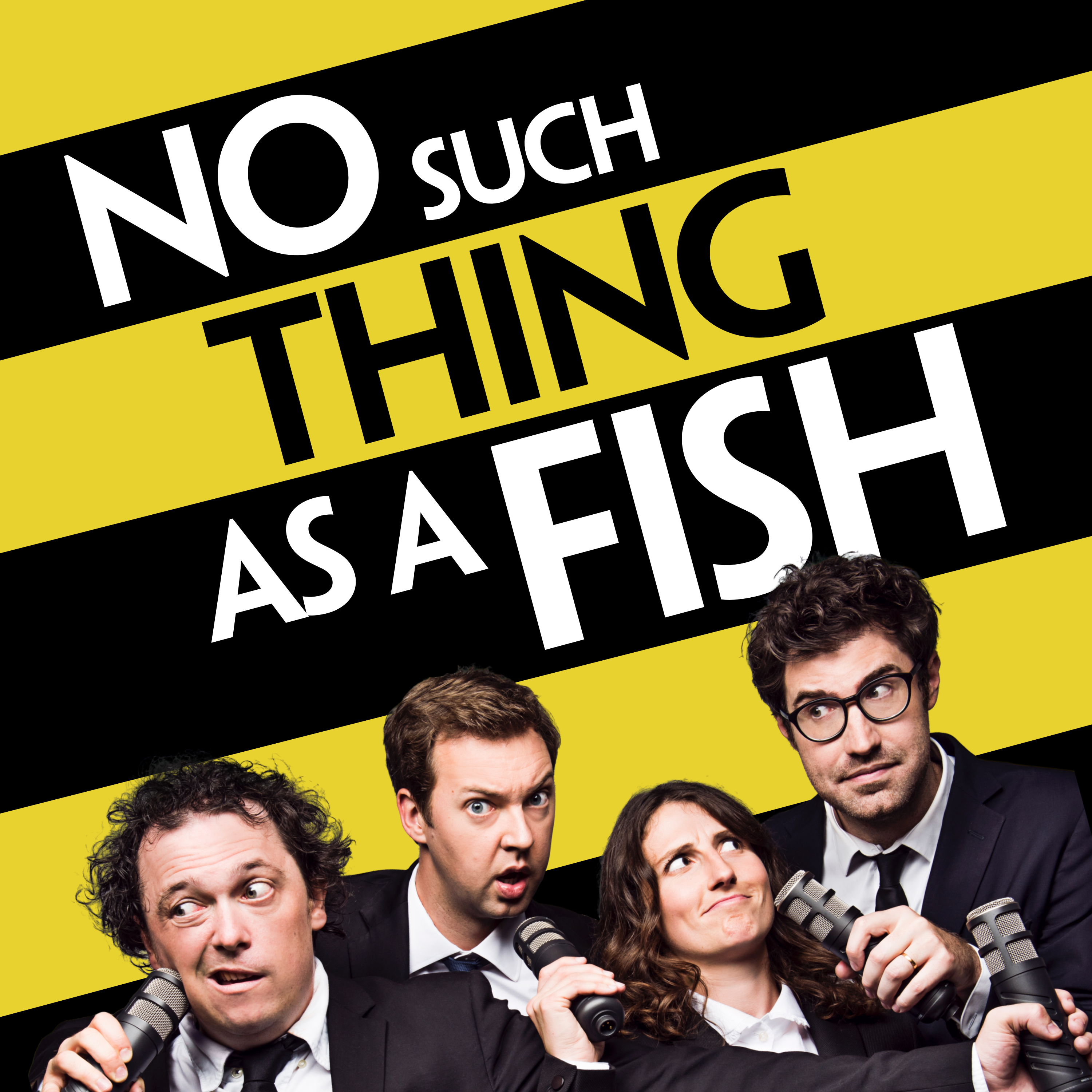
No Such Thing As A Fish
No Such Thing As A Fish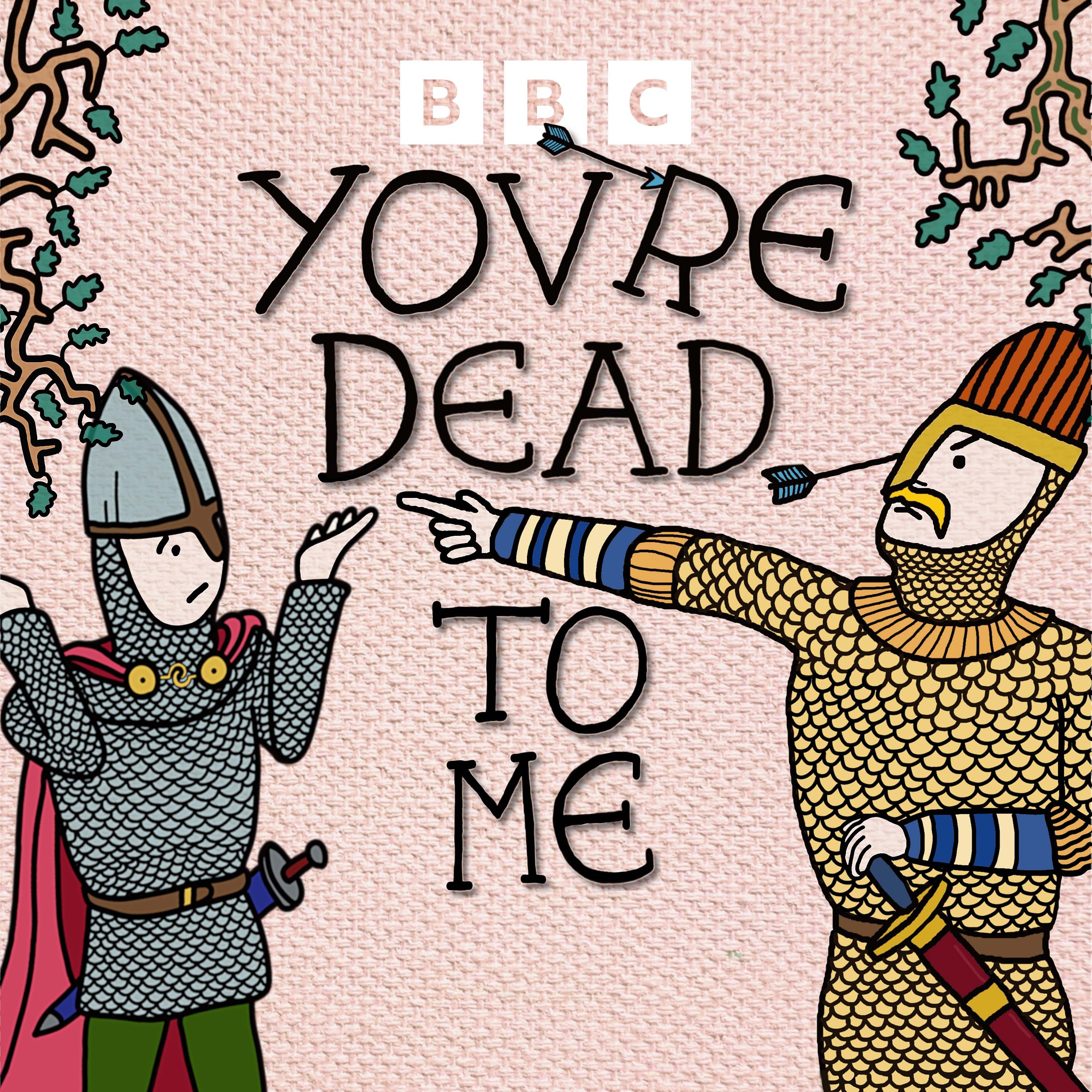
You're Dead to Me
BBC Radio 4
Something Rhymes with Purple
Sony Music Entertainment
Where There's A Will, There's A Wake
Sony Music Entertainment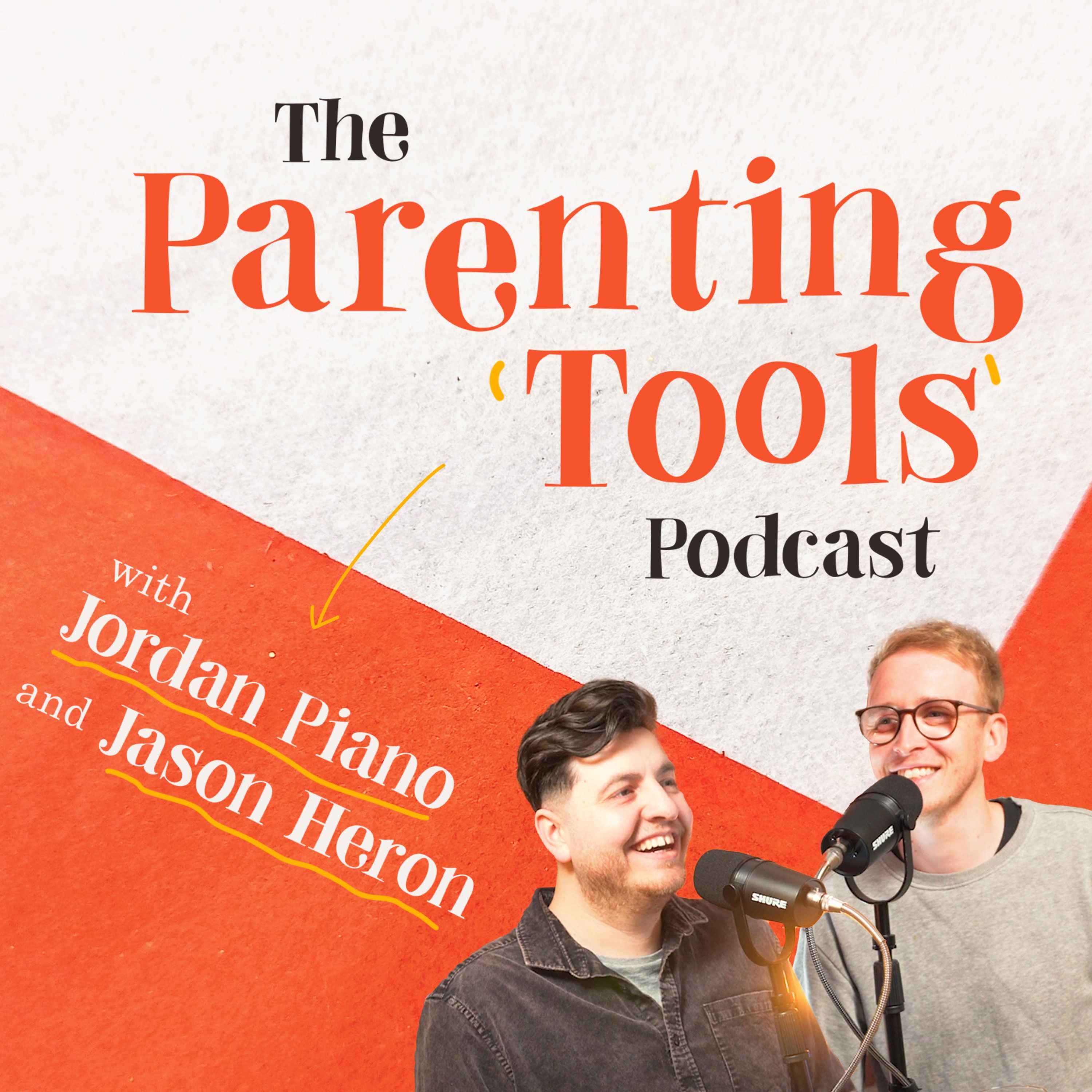
The Parenting Tools Podcast
Jason Heron & Jordan Piano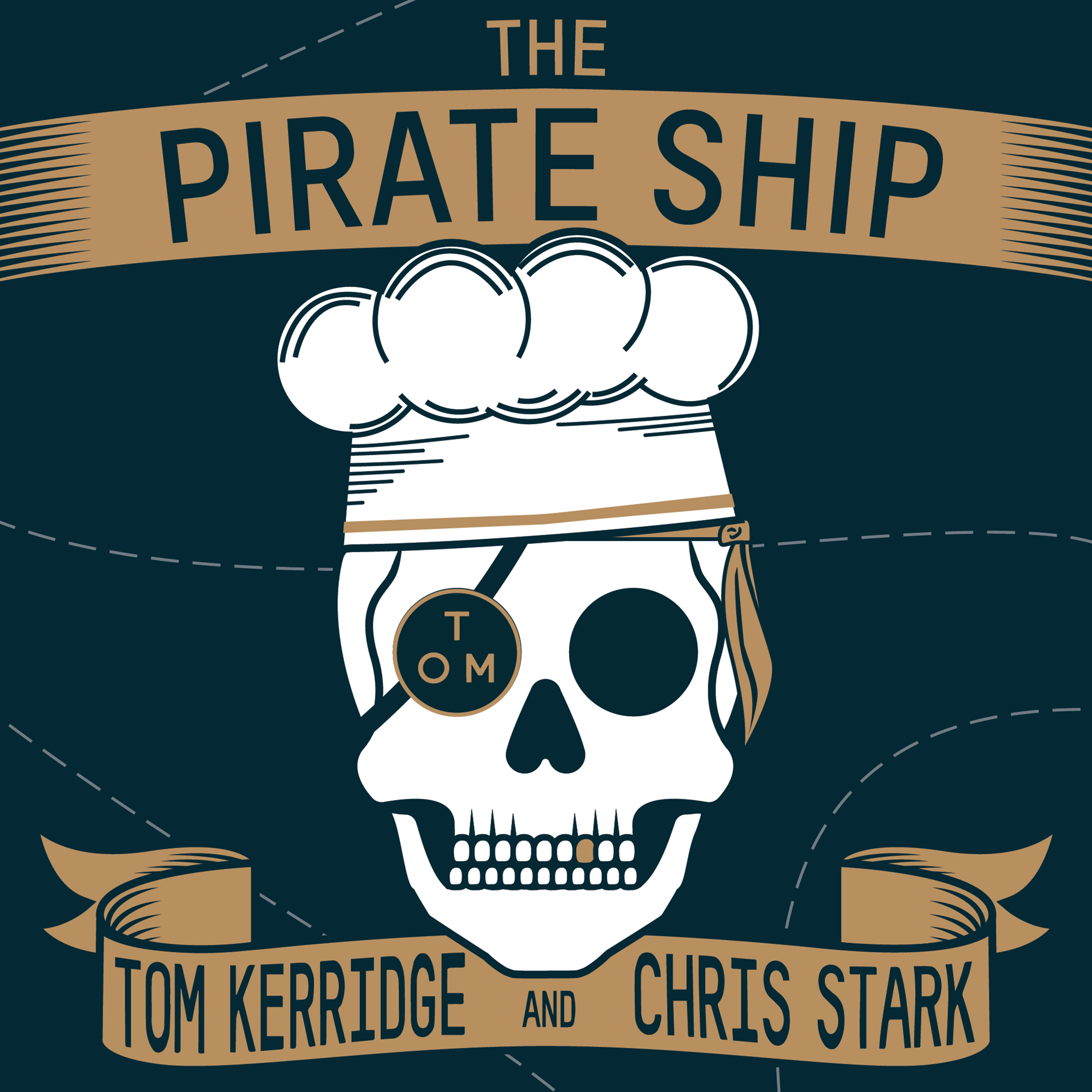
The Pirate Ship Podcast with Tom Kerridge and Chris Stark
Tom Kerridge and Chris Stark